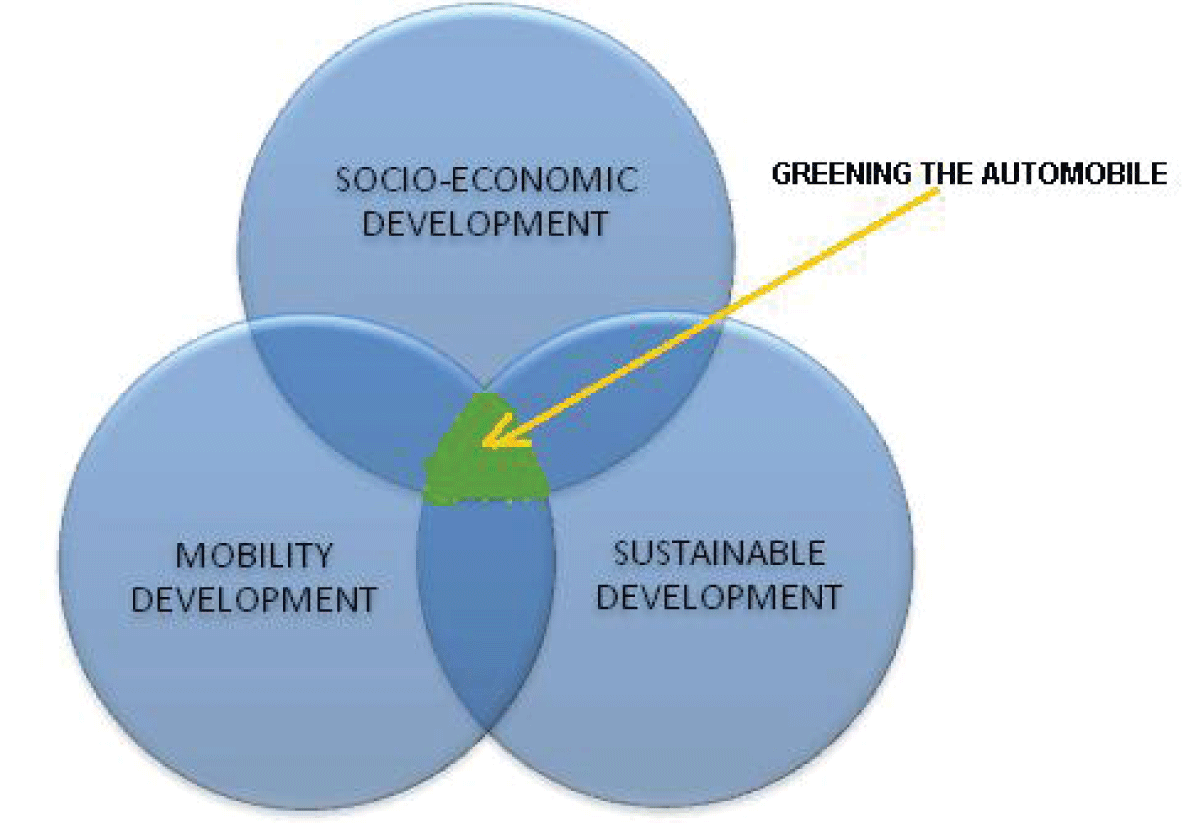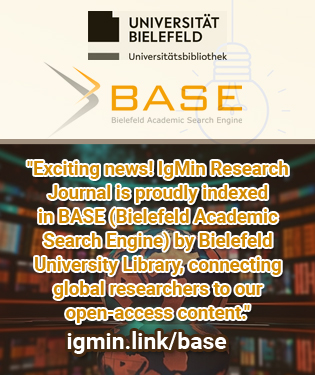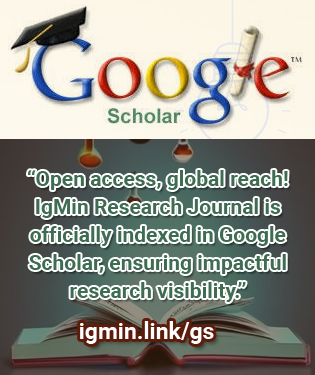要約
African countries with no globally recognized auto manufacturing factories are flooded with the most modern automobiles as soon as they are commercialized in the absence of commensurate skilled local auto mechanics across the continent. In the wake of the Bus Rapid Transit (BRT) scheme in Abuja Nigeria, the first set of luxurious buses purchased ended up as junks within a short period of operation largely due to lack of technician competency. The continuous patronage of a few multinational workshop garages like Toyota, Honda, Kia Motors, etc is hindering the transport agencies from breaking even. This paper is therefore aimed at evaluating the state of bus auto-mechanics and technicians in Nigeria for sustainable hybrid buses for effective BRT in the country. Google search engine was used to source secondary data from dedicated transport and energy-related sites like National Research Council (NRC) Agora Verkehrswende and GIZ, Smart city study, USDoT, and Africa Transport Solution, for the current paradigm shift in automobile energy management. Participatory surveys were carried out in two major motor mechanic villages that house over two hundred (200) workshops. The study reveals that there is a yawning gap between the societal ideal auto-mechanic expectations and the operational woe realities. This work becomes very relevant in view of global urbanization and the crusade for Hybrid Bus Rapid Transit (HBRT) in urban mobility as a panacea to COP28 carbon emission reduction. It is recommended that policymakers in urban transportation at all levels should ensure the certification and re-training of the motor mechanics to be able to maintain those imported modern buses while investing in ITS-based road infrastructure for sustainable BRT in their country




![Traffic gridlock in Nigeria Source: Dukiya [9].](https://www.igminresearch.jp/articles/figures/igmin198/igmin198.g001.png)
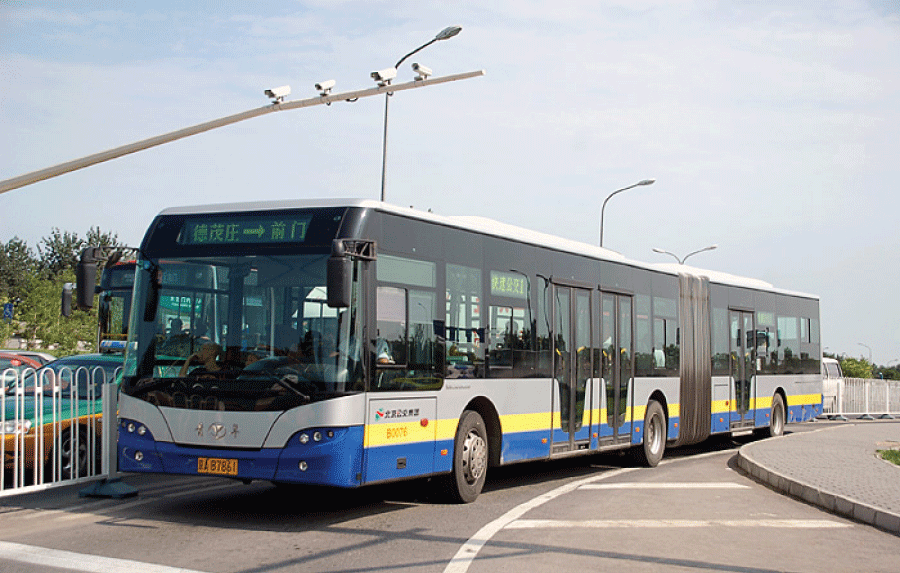
![Comparison of high-capacity buses in relation to environmental friendliness and energy consumption. Source: Volvo BRT [15].](https://www.igminresearch.jp/articles/figures/igmin198/igmin198.g003.png)
![Global trend of BRT manufacturing and usage. Source: INFRAS, New Energy Buses in European Cities, Martin Schmied [28].](https://www.igminresearch.jp/articles/figures/igmin198/igmin198.g004.png)
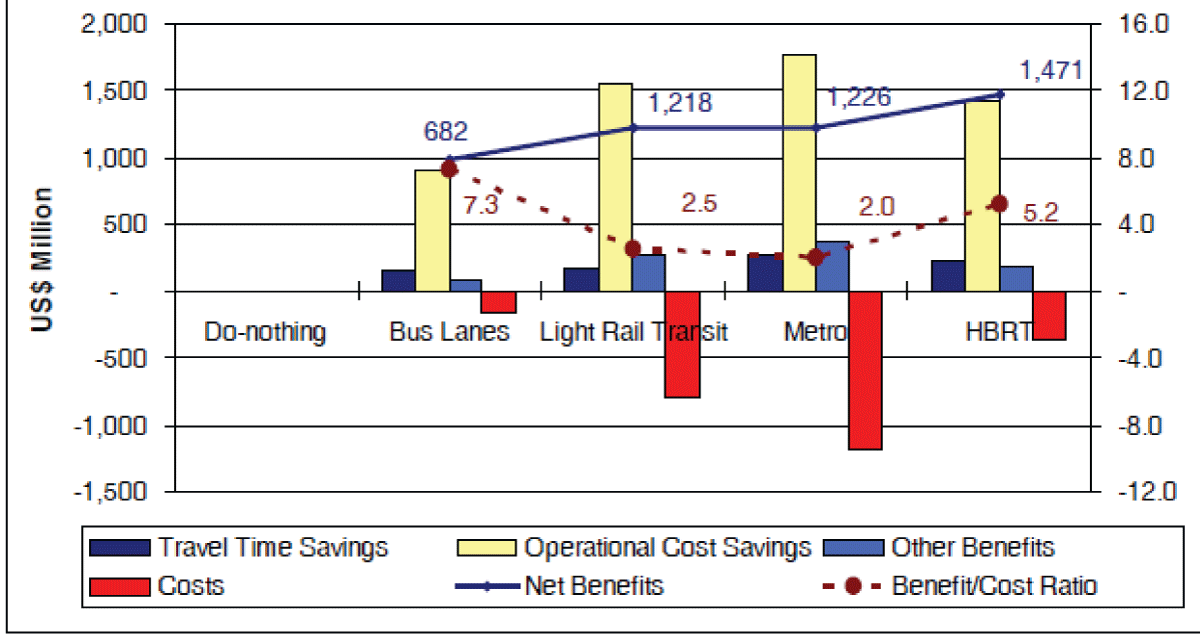
![Regions with action plans to support entrepreneurship. Source: The Committee of Digital and Knowledge‐based Cities of UCLG. Smart City Study [14].](https://www.igminresearch.jp/articles/figures/igmin198/igmin198.g006.png)
![Regions that implement actions to attract and retain talents and creativity. Source: The Committee of Digital and Knowledge‐based Cities of UCLG. Smart City Study [14].](https://www.igminresearch.jp/articles/figures/igmin198/igmin198.g007.png)
